Dealing with feral cats in your neighborhood? You’ve come to the right place. Humane trapping is an essential part of managing feral cat populations, whether for Trap-Neuter-Return programs or safely relocating strays. This comprehensive guide reviews the best humane cat traps available in 2025 and provides expert advice on how to use them effectively.
Quick Picks: Best Humane Cat Traps
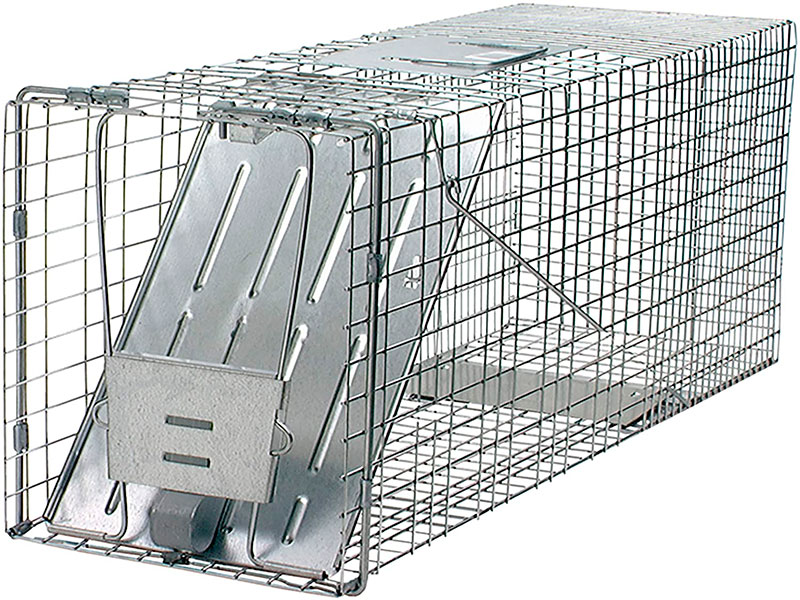
Editor’s Choice
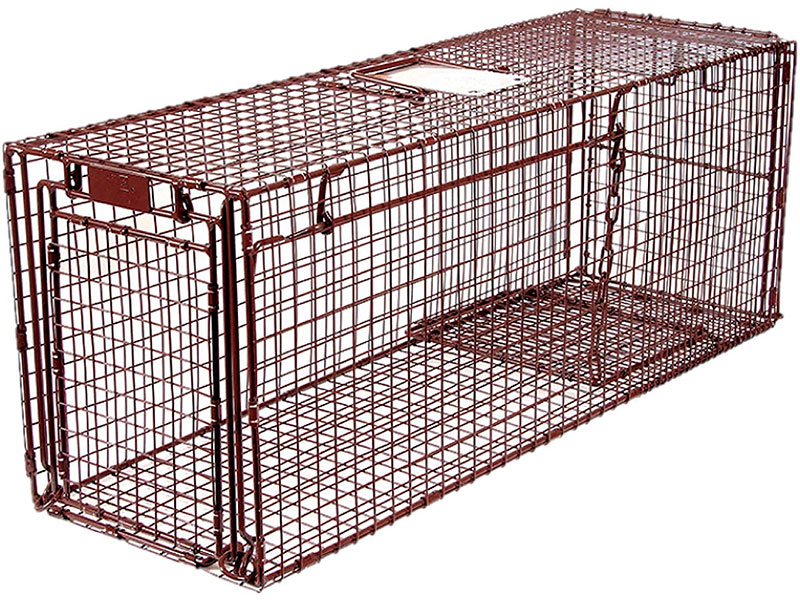
People’s Choice
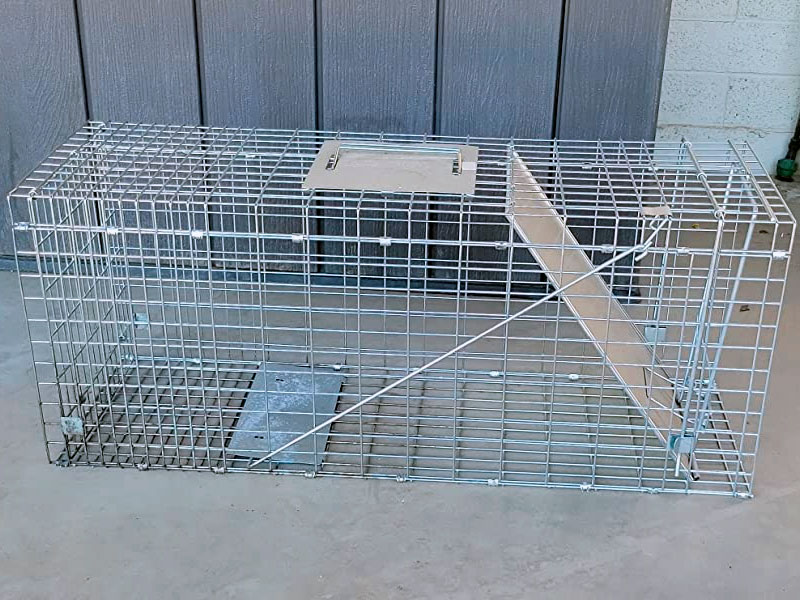
Best Budget
Cat overpopulation is one of the most significant animal welfare issues in the United States. Feral cats can become problematic when they begin breeding unchecked, potentially impacting local wildlife and spreading diseases. Humane trapping provides a responsible solution, especially when used as part of Trap-Neuter-Return (TNR) programs that help control feral cat populations without resorting to euthanasia.
Comparison of Top Humane Cat Traps in 2025
| Trap Model | Size | Key Features | Rating |
|---|---|---|---|
| Havahart 1079 | 32″ x 10″ x 12″ |
|
5/5 |
| Tru Catch Humane Trap | 30″ x 11″ x 9″ |
|
4.5/5 |
| HomGarden Cage Trap | 32″ x 12″ x 12″ |
|
3.5/5 |
Best Humane Cat Traps Reviewed
After extensive research and testing, these three cat traps stand out as the most effective and humane options for 2025.
Havahart 1079 Large 1-Door Trap
Editor's ChoiceHow Does It Work
How to Use
- Place the trap on a flat surface in an area where cats are frequently seen
- Set the trigger mechanism according to instructions
- Place appropriate bait at the far end of the trap
- Check the trap regularly (at least every 4-6 hours)
- Once a cat is caught, cover the trap with a towel to reduce stress
- Durable construction designed to last through all weather conditions
- Resistant to rust and corrosion for extended outdoor use
- Humanely captures stray cats without causing harm
- Safe for both the trapper and the trapped cat
- Simple to set up and operate - no professional experience needed
- Can be somewhat difficult to release cats once caught
- Might be unstable on uneven surfaces, potentially tipping over
Tru Catch Humane Live Animal Trap
People's ChoiceHow Does It Work
How to Use
- Place in areas with known feral cat activity
- Bait with appropriate food in the back of the trap
- Check regularly once set
- Use the special handle to transport the trap safely
- For TNR programs, take directly to participating veterinary clinics
- Exceptional resistance to damage from ferocious animals
- Durable construction with 5-year guarantee against animal damage
- Highly recommended by TNR program volunteers
- Made in the USA with quality materials
- Instructions may not be clear enough for first-time users
- The design of the trip bar has holes that may allow very small kittens to avoid triggering the trap
HomGarden Large Cage Trap
Best BudgetHow Does It Work
How to Use
- Test the locking mechanism before every use with a stick or finger
- Ensure the trap is placed on flat ground with no grass underneath
- Don't place bait under the trap mechanisms
- Check frequently after setting
- Cover the trap with a cloth after capturing to reduce stress
- Budget-friendly option without compromising on humane design
- Arrives preassembled and ready to use
- Rust-resistant construction for outdoor durability
- Collapses for compact storage when not in use
- As a budget option, may not hold up to extremely strong or determined animals
- Slightly less durable than premium models
Humane Cat Trapping Guide
Successfully trapping feral cats requires more than just purchasing a quality trap. Follow these expert guidelines to ensure safe, effective, and humane trapping. For comprehensive step-by-step instructions, Alley Cat Allies provides detailed trapping day guidance.
5 Essential Tips for Catching Feral Cats Humanely
- Prepare for Trapping Make proper arrangements to care for the trapped cat while in your custody. For stray cats, plan on locating their home quickly. For feral cats intended for TNR programs, contact local TNR clinics in advance.
- Choose an Effective Cat Trap Select a trap that will be comfortable for the cat, especially if you plan to keep the animal contained for a few days. A good trap should allow you to clean messes and deliver food without risking escape. Lost Pet Research provides detailed comparisons of trap models to help you make the best selection.
- Determine the Best Location Place the trap on a flat surface with adequate visibility and shade. Ideal locations include areas where you frequently see cats, established feeding areas, or approximately 5 feet outside a known cat shelter.
- Select the Right Bait Choose food that will effectively lure cats into the trap. The smellier the bait, the better, as cats are attracted to foods rich in fats and proteins.
- Set and Monitor the Trap Follow the manufacturer’s instructions when setting the trap. Never leave a trapped cat unattended for extended periods, as they can quickly become hungry, thirsty, or overheated.
Choosing Effective Cat Bait
Baiting your trap properly is crucial for successful cat trapping. Cats are attracted to strong-smelling foods high in protein and fat. For tips on comfortable containment after trapping, see guidelines for keeping cats comfortable in traps.
The smellier the bait, the better for attracting feral cats. Position a small amount at the trap entrance and the main portion at the far end near the trigger plate.
Fish-Based Baits
- Sardines in oil
- Fresh fish
- Canned tuna in oil
- Anchovies
- Mackerel
Other Effective Baits
- Oil of catnip
- Wet cat food
- Cooked chicken
Understanding TNR (Trap-Neuter-Return)
The rate of feral cat reproduction is extremely high, with only about 4% of free-roaming cats being neutered or spayed. This is why TNR programs have become increasingly popular across the United States.
TNR stands for Trap-Neuter-Return, a humane and effective program that improves the lives of feral cats, addresses community concerns, and reduces the size of colonies over time. The ASPCA officially supports TNR as the most effective and humane approach for managing community cat populations.
The TNR process involves:
- Humanely trapping feral cats
- Having them neutered or spayed by veterinarians
- Vaccinating them against rabies and other diseases
- Returning them to their original colony
This non-lethal approach is both more cost-effective and humane than trapping and euthanizing cats, which creates a vacuum effect where new cats simply move into the territory.
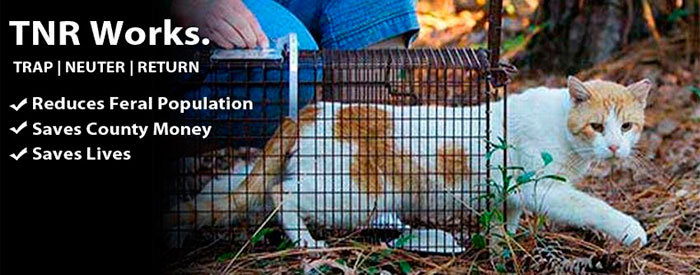
Best Practices for Cat Trapping
Expert Trapping Tips
- Cover the trap with natural materials like leaves or vines to make cats feel more secure
- Avoid setting traps during extreme weather conditions
- Plan to release trapped feral cats at dusk or early morning after TNR
- Always check your local regulations regarding feral cat trapping
- Be patient—successful trapping often takes time
When dealing with particularly wary cats, patience is key. Some cats may take days or even weeks to become comfortable enough with a trap to enter it. Consistent placement and baiting can help build their confidence.
Legal Considerations for Feral Cat Trapping
Before setting out any traps, it’s important to familiarize yourself with local ordinances governing feral cat trapping and removal. In some municipalities, trapping and removing feral cats from your property is not only responsible but may actually be required by law.
Regulations regarding feral cat management vary significantly between locations. Some areas have specific TNR programs and regulations in place, while others may have restrictions on trapping. Always check with your local animal control or humane society before beginning any trapping activities. Many local organizations, like the Humane Society of Charlotte, offer TNR resources and support.
Conclusion
Humane cat trapping is an essential tool for managing feral cat populations. By selecting the right trap, using appropriate bait, and following best practices, you can effectively capture cats for TNR programs or to return lost pets to their homes. For comprehensive guidance on all aspects of TNR, refer to Alley Cat Allies’ complete step-by-step guide.
Our top recommendation for 2025 is the Havahart 1079 Large 1-Door Trap due to its durability, ease of use, and humane design. However, all three of our reviewed options provide effective and ethical solutions for different needs and budgets.
Remember that trapping is just one part of responsible feral cat management. Working with local TNR programs and veterinarians will ensure that your efforts contribute to the long-term welfare of both the cats and your community.
Frequently Asked Questions
How big should a cat trap be?
A humane cat trap should be large enough for the cat to stand, turn around, and lie down comfortably. The standard size for most feral cat traps is approximately 30-32 inches long, 10-12 inches wide, and 10-12 inches high. Larger traps provide more comfort for the cat but may be more challenging to transport and set up.
What’s the best bait for trapping feral cats?
The most effective baits for feral cats are strong-smelling foods rich in protein and fat. Sardines in oil, canned tuna, mackerel, wet cat food, and cooked chicken tend to work well. For particularly cautious cats, catnip can also be effective. Place a small amount of bait at the entrance to lure the cat in, with the main portion at the back of the trap near the trigger plate.
How long can a cat safely stay in a trap?
A cat should not be left in a trap for longer than 12 hours, and ideally should be checked every 4-6 hours. Extended confinement can cause stress, dehydration, and exposure to extreme temperatures. If using traps for TNR programs, plan to transport the cat to a veterinary facility promptly after capture. Cover the trap with a light sheet to help keep the cat calm during containment.
What is the difference between stray and feral cats?
Stray cats are domesticated cats that have been lost or abandoned and typically can readjust to living with people. Feral cats are either born in the wild or have lived outdoors long enough to revert to a wild state. Feral cats are generally fearful of humans and not socialized for human interaction. This distinction is important when determining what to do with a trapped cat—strays may be candidates for adoption, while feral cats are typically better served by TNR programs.
Can I use a regular cat carrier instead of a trap?
A regular cat carrier is not suitable for trapping feral cats as it lacks the automatic door-closing mechanism that prevents escape. Carriers are designed for already-captured or domesticated cats. Proper humane traps have trigger mechanisms that close the door when the cat steps on a pressure plate, essential for capturing wary feral cats without human presence.
Is it legal to trap cats in my neighborhood?
Laws regarding trapping cats vary significantly by location. In many areas, humane trapping for TNR programs is legal and even encouraged, while in others there may be restrictions. Always check with your local animal control department, humane society, or municipal government before trapping cats. Some areas require permits or have specific regulations about what can be done with trapped cats.
How do I clean a cat trap after use?
After each use, thoroughly clean the trap with a mild disinfectant solution (1 part bleach to 32 parts water is generally effective). Rinse well and allow the trap to dry completely before storage or reuse. This cleaning is essential to prevent disease transmission between cats and to remove scents that might deter cats from entering the trap in future attempts.
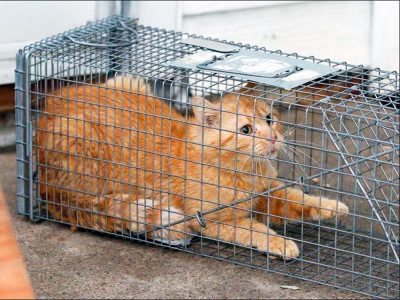
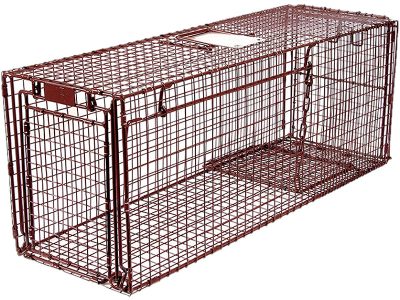
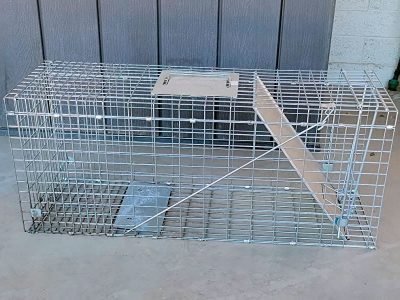


Anger issues?
this comment is for Vee. It is just as well you are not my neighbour as I have 3 cats, and if anyone like you harmed my cats in any way, you would find yourself in serious trouble.. You obviously have some serious issues you need to deal with and it aint anything to do with cats
It makes no since to catch and release. You still have the problem. The cat! I want the cat removed permanently like in a shelter or what ever they do with it. I’m calling the pound when I catch it and I better not see the cat(s) back in my neighborhood or Animal Control and I will have a problem. Feral cats are dangerous indeed. I have to think about my family and myself. I have a vegetable garden to protect.
Who do you think you are? This planet is for all living things, not just for the likes of you.
Rest assured – no cats will harm your precious garden. By the way, they did not choose the lifestyle. Feral cats will not hunt you or your family. Lose the attitude. It is people like you who are ignorant and need to open your eyes to help. It all began by a careless owner who did not fix their pet. Be part of the solution – not the problem.
you’re forgetting the part where leaving cats alive still doesn’t stop them harming native animal populations.
Leaving cats alive in my part of the world has lead to many native animals becoming endangered or extinct. How do you propose we deal with that? should we declaw them and take their teeth out? yah know, to be more humane and all.
I like cats, but I’d rather be more humane to the native populations rather then the invasive pest population.
You should NEVER de-claw a cat and put it outdoors, much less de-claw it period! The cat will never be able to climb a tree to escape dogs that are frequently running loose outdoors, or any other type of predatory animal. Plus, it is quickly becoming highly disliked by a major part of the animal loving community, and they are demanding it to be illegal to de-claw a cat!
And as far as taking all their teeth out… please be sensible. A cat needs their teeth to chew their food! What kind of crazy are you?
Leaving the native animals alive? What about the cats? Hmmm? Maybe the cats are the ones killing the native animals. Have you ever thought about that!? Have you actually seen any cat killing the native animals? Most cats hunt late at night, like after midnight when all is quiet.
The fallacy of the catch and release is that these cats will continue to use your yard as its’ bathroom!
So will ALL the animals in your area, birds, bats, bugs, raccoons, opossums, squirrels etc etc etc. Do you want to live in an animal free environment, like the moon or mars?
12 gauge will help you get them.
help. I have 4 inside cats that I have to trap and remove so an exterminator can come into the house. I need to buy pet friendly traps. how should I place the traps in the house .all in one room . in different rooms. should I load the traps while my cats watch are not. I am as you can tell needing. I believe it or not trapped feral cats and have had them taken them to vet and then to petsmart where they were put up for adoption. I just want to get my cats in the traps and have the treatment done and all of us back home when the all clear time is given .thanks for your help ahead of time.
A note: While many people may boast that catch-and-kill works better, it actually has the opposite of the desired effect. Eliminating a colony will only invite more cats (and bigger litters!) to the area. TNR allows the cats to live out their lives and keep others out, while eliminating harmful behavior. Another belief is that making the cats leave by not feeding them will help. That just forces the cats on other places– leaving the (then larger!) population to come back into your area.